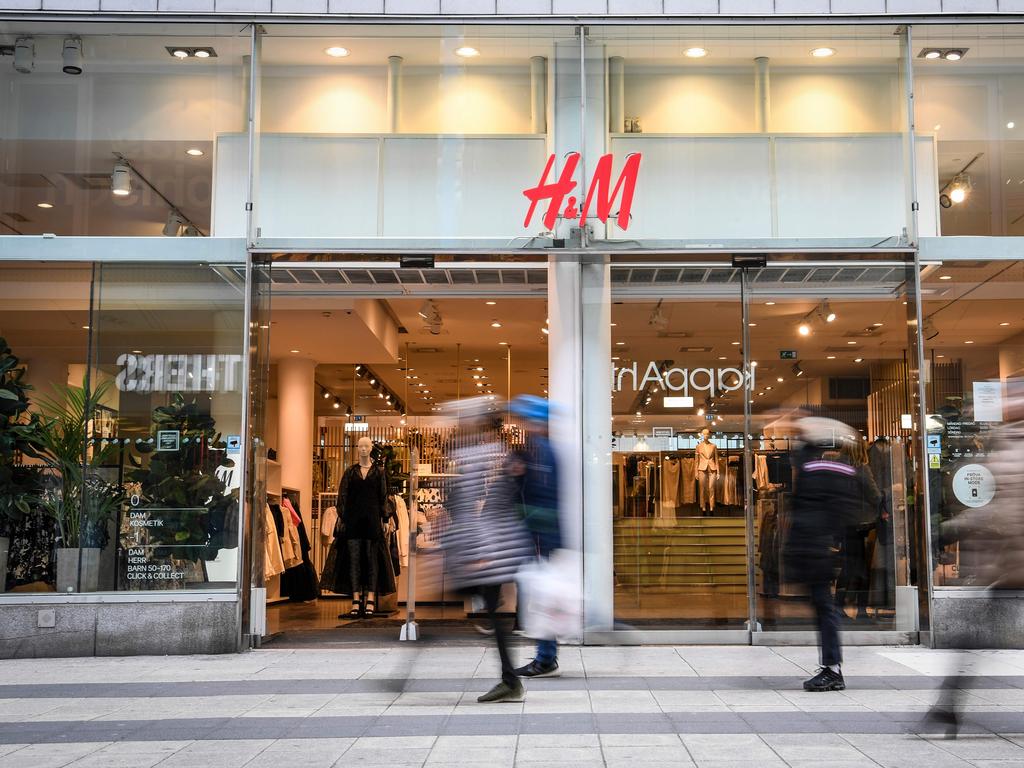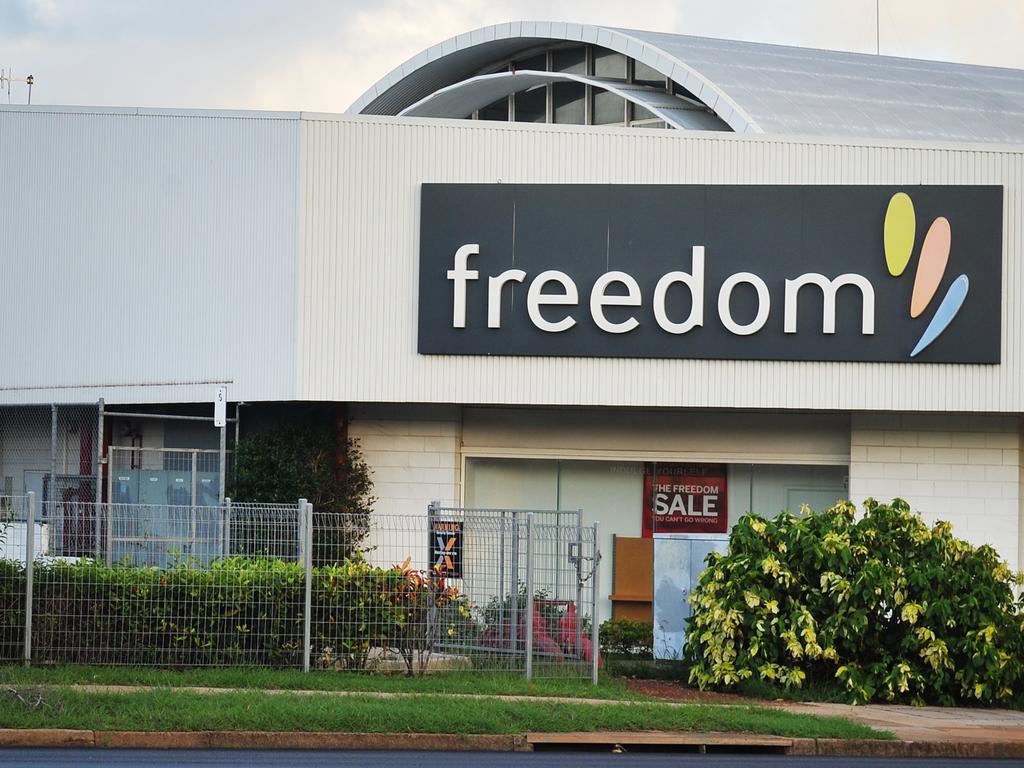Coronavirus: Eating in an $8.8bn boost for supermarkets
Panic buying is leveling off, but the home dining switch is shaping up as an even bigger winner for supermarkets longer term, analysts say.

Woolworths, Coles, Aldi and the independents could share in sales boost of up to $8.8bn from the closure of cafes and restaurants due to the coronavirus pandemic, which is forcing households to cook more at home, analysts say.
Stockpiling and panic buying through March also fuelling grocery sector growth.
The effect of coronavirus restrictions is also putting billions of dollars of sales up for grabs for the supermarket-owned liquor stores like Woolworths’ Dan Murphy’s and Coles’ Vintage Cellars owned, as wine or beer that would have been bought and drunk at a restaurant is now consumed at home.
Fresh analyst reports on the nation’s $114 billion grocery sector paint a picture of a strengthening supermarket industry that has experiencing record store sales and a return to rational pricing as the heavyweights pull back on in-store promotions in the face of the pandemic.
Evans & Partners analyst Phil Kimber said in a report to clients that Australia's food and liquor operators were benefiting from the consumer stockpiling which has continued over recent weeks, but said he he expected that buying pattern had now now largely run its course.
But the real win for the supermarkets had comes from shoppers switching from eating out at restaurants and cafes to at-home dining, especially as most venues had been forced to close down or offer limited takeaway services, Mr Kimber said.
The supermarkets could grab as much as $8.8bn in new sales as consumers swap eating out to cooking in their kitchens at home, he said.
“More importantly however we expect grocery players will continue to benefit from the shift from out-of-home consumption to in-home consumption over the remainder of fiscal 2020 and well into fiscal 2021,’’ Mr Kimber said.
“It’s difficult to accurately assess the benefit from this channel shift, however as detailed in this note, a 50 per cent switch away from cafes/restaurants would add around 4 per cent to supermarket sales in fiscal 2021 and a 35 per cent switch from on-premise liquor would add around 8 per cent to liquor store sales. Both supermarkets and liquor are expected to be seen as an essential service thus the risks of enforced store shutdowns are low.”
In the 12 months ended January 31, the Australian Bureau of Statistics category ‘cafes, restaurants and takeaway food services’ reported $46.9bn of sales and 'supermarkets and grocery stores’ reported $113.8bn of sales.
Mr Kimber said the projections for supermarkets were based on that ABS data, but said that the upside could in fact be even higher given that the ABS data did not include pubs and clubs as food outlets.
“We assume all grocery retailers benefit in line with their existing market shares,” he said.
It hasn't all gone the supermarkets way, with the extra costs of staff and marketing to help cope with the panic buying in their stores chipping away at profitability.
“The recent sales environment is anything but normal, and significant levels of additional costs are being incurred by the grocery retailers,’’ Mr Kimber said. “Additional staff have been added both in store and in the warehouses to cope with the excess demand. Security guards and additional cleaning are also being incurred.”
Meanwhile a report from UBS analyst Ben Gilbert said COVID-19 was driving an estimated 10 per cent year on year rise in grocery spend for the second half.
“We have recently become more positive on the grocery sector, with COVID-19 driving a significant short-term lift in like for like growth and likely gross margins (from fewer promotions) and potential structural benefits from increasing at-home meal occasions.”







To join the conversation, please log in. Don't have an account? Register
Join the conversation, you are commenting as Logout